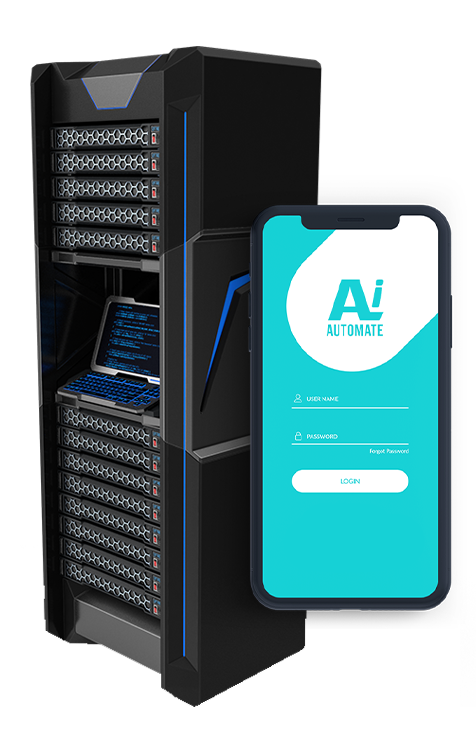Data Analytics for Heavy Electrical Equipment Optimization
Data analytics for heavy electrical equipment optimization involves the collection, analysis, and interpretation of data from heavy electrical equipment to improve its performance, reliability, and efficiency. By leveraging advanced data analytics techniques and machine learning algorithms, businesses can gain valuable insights into the operation and maintenance of their heavy electrical equipment, leading to several key benefits and applications:
- Predictive Maintenance: Data analytics enables businesses to predict potential failures or maintenance needs of heavy electrical equipment. By analyzing historical data, such as equipment operating parameters, maintenance records, and sensor readings, businesses can identify anomalies or patterns that indicate potential issues. This allows for proactive maintenance scheduling, reducing unplanned downtime, and extending equipment lifespan.
- Performance Optimization: Data analytics helps businesses optimize the performance of their heavy electrical equipment. By analyzing operating data, businesses can identify areas for improvement, such as energy consumption, efficiency, and capacity utilization. This enables businesses to make informed decisions to adjust equipment settings, operating conditions, or maintenance schedules to maximize performance and minimize operating costs.
- Fault Detection and Diagnosis: Data analytics can assist businesses in detecting and diagnosing faults in heavy electrical equipment. By analyzing sensor data, such as temperature, vibration, and electrical parameters, businesses can identify deviations from normal operating conditions that may indicate a fault. This enables timely troubleshooting, reducing equipment downtime and potential safety hazards.
- Asset Management: Data analytics supports effective asset management of heavy electrical equipment. By tracking equipment performance, maintenance history, and operating costs, businesses can optimize asset utilization, plan for equipment upgrades or replacements, and make informed decisions regarding asset lifecycle management.
- Energy Efficiency: Data analytics plays a crucial role in improving energy efficiency of heavy electrical equipment. By analyzing energy consumption data, businesses can identify areas for energy optimization, such as reducing idle time, optimizing operating conditions, or implementing energy-saving technologies. This leads to reduced energy costs and a more sustainable operation.
- Safety and Compliance: Data analytics contributes to enhancing safety and compliance of heavy electrical equipment. By monitoring equipment operating parameters and identifying potential hazards, businesses can ensure safe operation and compliance with industry regulations and standards. This helps prevent accidents, protect personnel, and maintain a safe working environment.
Overall, data analytics for heavy electrical equipment optimization empowers businesses to improve the performance, reliability, and efficiency of their equipment, leading to reduced operating costs, increased productivity, enhanced safety, and optimized asset management. By leveraging data-driven insights, businesses can make informed decisions and implement proactive measures to maximize the value and lifespan of their heavy electrical equipment.
• Performance Optimization: Analyze operating data to identify areas for improvement, maximize performance, and minimize operating costs.
• Fault Detection and Diagnosis: Detect and diagnose faults in heavy electrical equipment to reduce downtime and potential safety hazards.
• Asset Management: Track equipment performance, maintenance history, and operating costs to optimize asset utilization and make informed decisions regarding asset lifecycle management.
• Energy Efficiency: Analyze energy consumption data to identify areas for optimization, reduce energy costs, and promote sustainable operation.
• Safety and Compliance: Monitor equipment operating parameters and identify potential hazards to ensure safe operation and compliance with industry regulations and standards.
• Hardware maintenance and support subscription
• Ongoing consulting and support






